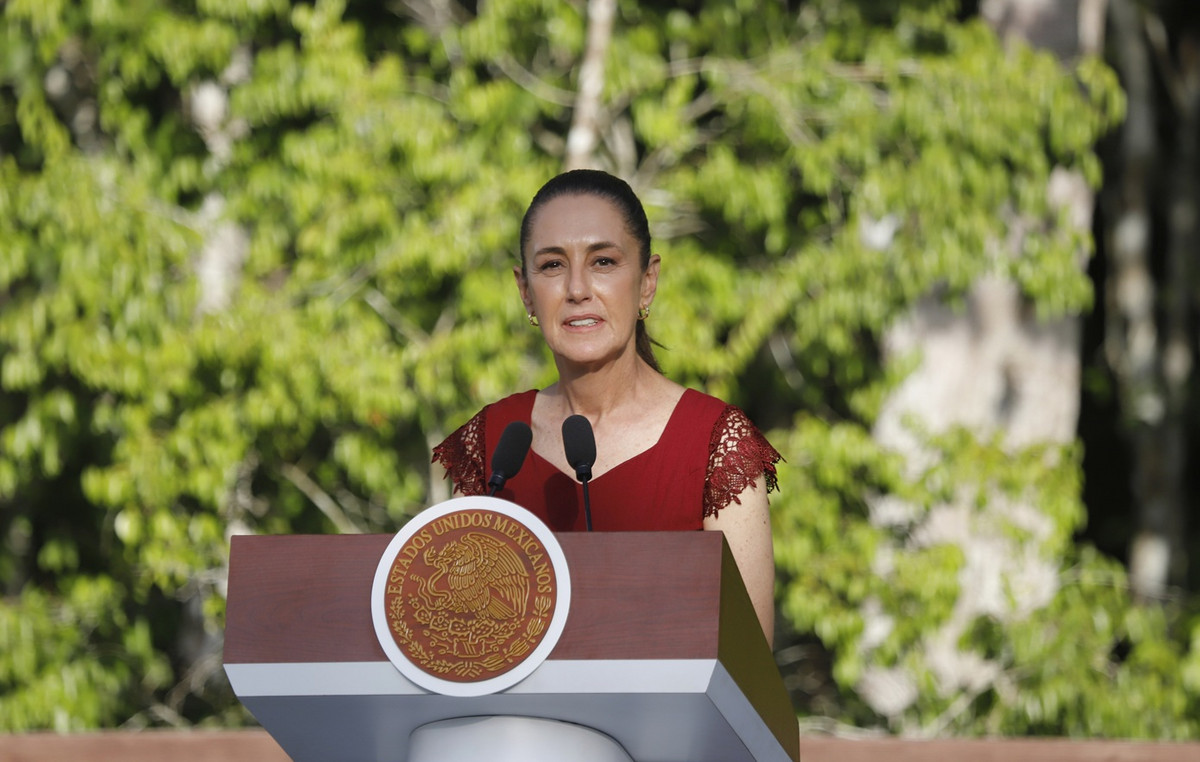A surgical team transplanted two genetically modified pig hearts into human cadavers as part of a scientific study. The announcement was made by researchers at NYU Langone Health, in the United States, on Tuesday (12).
The procedure was the first of its kind and represents a breakthrough in efforts to determine whether organs from nonhuman animals can be modified and used successfully in people who need a transplant.
The 72-year-old recipient, Lawrence Kelly of Pennsylvania, was declared brain dead. The family donated the body for the study, which aimed to investigate how the modified pig heart worked in the body of a deceased human.
After Kelly’s transplant in June, the research team repeated the procedure with another deceased recipient, Alva Capuano, 64, of New York, in early July.
These transplants followed a procedure done by the University of Maryland in January from a pig heart into a live human. The receiver died in March.
Dr Robert Montgomery, director of the NYU Transplant Institute, said the procedures allowed for a more in-depth study of how well the recipients’ bodies tolerated the pigs’ hearts.
“We can do much more frequent monitoring and really understand the biology and fill in all the unknowns,” he said.
He added that the study was unique because they tried to mimic real-world conditions, for example not using experimental devices and drugs.
The researchers are working on publishing more details of the study.
‘He came out a hero’
The researchers traveled out of state to obtain the heart, which had genetic modifications aimed at various factors, such as modulating the organ’s growth and reducing the chance that the recipient’s immune system would reject it.
The flight meant the team could replicate the conditions of a typical heart transplant, said Nader Moazami, surgical director of heart transplantation at NYU Langone Health.
“It was about an hour and 15 minutes flying time from New York, which is typical of the distance we take hearts for clinical transplants,” said Moazami, who performed the transplant.
The heart went out to Kelly, a Navy veteran who was declared brain dead after a car accident. Kelly’s fiancé Alice Michael authorized the donation of the body for research.
“They were going to take his liver and they couldn’t find a recipient. And then New York University called me with this research project. And I automatically said yes, because I know he would like to. He loved helping people,” she said.
“When they asked me, I didn’t have to think twice about it. I automatically said yes, because I knew it was groundbreaking research, and I know he would want it. It was difficult because I had to wait to dunk. But in the long run, maybe it can help a lot of people.
“He was a hero in life and came out a hero in it,” Alice said.
After the transplant, the researchers performed tests for three days to monitor how well the heart was accepted, while the recipient’s body was kept alive using machines, including ventilation.
“No signs of early rejection were seen and the heart functioned normally with standard post-transplant medications and without additional mechanical support,” the medical center said in a press release.
In addition, the researchers said they found no signs of infection with porcine cytomegalovirus (pCMV), which experts fear could pose an obstacle to using pig organs in human recipients.

New method for transplant research
Testing how well an organ transplant works using a deceased person’s donated body is a new method, Moazami said. The first use of this technique for research came in September, when a team at NYU Langone led by Montgomery transplanted a kidney from a genetically modified pig into a deceased human.
While the study represents a step forward, Moazami said, there is still work to be done before such a procedure becomes widely available outside of a research setting.
“There is still a long way to go before we go from here to clinical transplantation to support a patient in the long term,” he said. “There are still many, many, many questions that need to be answered.”
A major limitation was the length of the study, he said. The organ and recipient were evaluated for only 72 hours after transplantation. Additionally, there may be important differences in how deceased human bodies respond to the procedure compared to living humans. More research will be needed to determine how transplant recipients would fare in the long term.
“We thought that in 72 hours, we could learn all the things that we would have learned if we had extended this a little bit further,” Moazami said, noting that the short period of time limited study expenses and allowed the recipient’s body to be returned to the family. more quickly.
“We thought that 72 hours was a reasonable period of time for our short-term study, to understand all the things we needed — that three days versus five days versus seven days would make no difference. Does a month make a difference? Yes, absolutely. But at this stage, that would have been very, very difficult to achieve.”
Transplanting organs from animals to humans also raises a number of other ethical questions, such as whether the benefits of using a modified pig heart outweigh the risks a patient would face if they waited for a human organ to become available.
Personal connection and a new frontier
For Montgomery, the research has a personal side. He received a human heart transplant and said the difficulty in getting a transplant is part of what motivates his work.
“During my illness, it became clear to me that this paradigm is not working. It’s a broken paradigm, and that we need a renewable resource, an alternative source of organs, that doesn’t require someone to die for someone else to live,” he said.
“All my illness has been to inform me of the reality of this and change the way I think, not that it’s not important to keep doing what we’re doing, but we have to change this in a completely different direction.”
Generally, the demand for organ transplants far exceeds the supply of available donor organs in the United States. As of July 7, there were 106,074 people on the organ transplant waiting list, with 3,442 on the heart waiting list. On average, 17 people die on the organ transplant waiting list every day.
Moazami suggested that animal transplants could one day be useful in the pediatric setting, where patients may face even greater challenges in getting a human organ transplant on time. Animal organs can be used as a “bridge”, buying time before a more suitable human organ becomes available.
“Perhaps the best way to study this is to use it as a bridge to a human transplant, if you will, so that any patient who needs an organ will receive that heart with the exception that when a human heart becomes available, corresponding to the recipient, we exchange it again,” Moazami said.
Source: CNN Brasil







